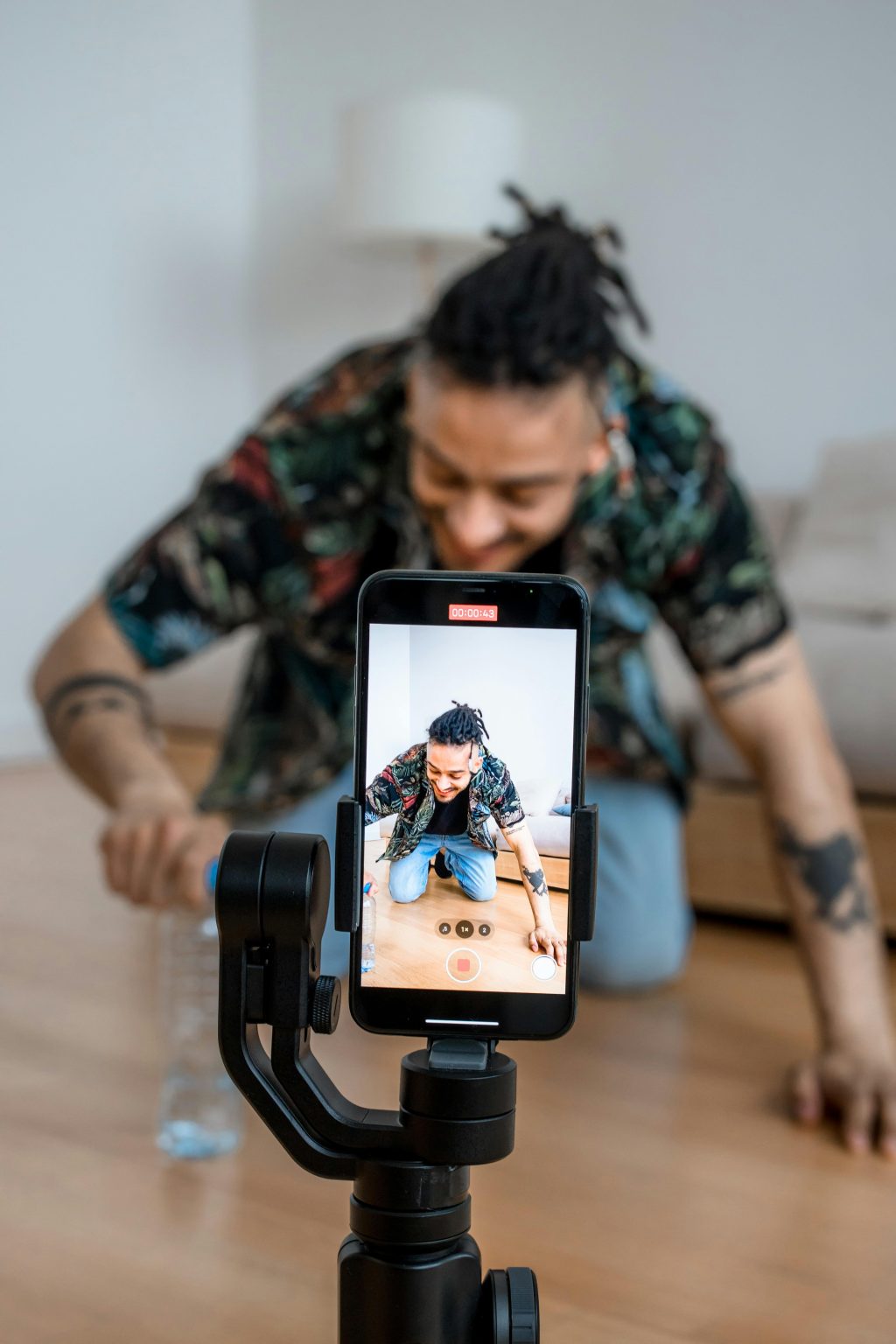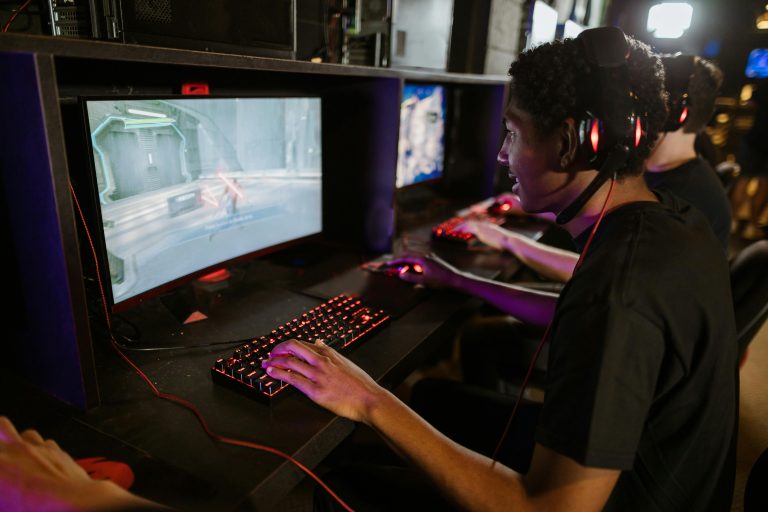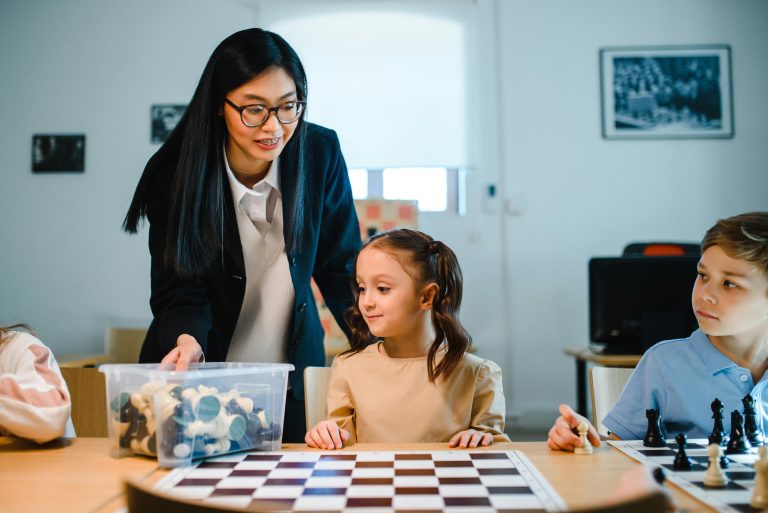
If you’ve spent any time on the internet this year, you’ve undoubtedly felt the gravitational pull of TikTok. The platform is a relentless engine of culture, capable of turning a fleeting moment into a global obsession overnight. While dance crazes and lip-sync trends are its bread and butter, the most fascinating phenomena are often the ones that come completely out of left field. These are the challenges that defy explanation, unite strangers in bizarre acts of creativity, and for a brief, glorious moment, make the entire internet feel like a shared inside joke. This year has been no exception, serving up a buffet of the wonderfully weird. Let’s dive into the top five most surprising TikTok challenges that absolutely dominated your feed.
The Silent Book Club Revival (#BookTok)
In a beautiful counterpoint to the platform’s chaotic energy, one of the biggest and most unexpected trends of the year wasn’t a challenge with a complex routine, but rather the profound act of… silence. The #BookTok community, long a powerhouse for literary recommendations, sparked a quiet revolution: the Silent Book Club challenge. The format was simple yet powerful. Users would film themselves, often in a cozy setting, simply reading a book. No talking, no dancing, no elaborate cuts—just the soft turn of a page and complete immersion in a story.
Its virality was surprising because it rejected every conventional rule of short-form video. It was slow, quiet, and required genuine engagement. Yet, it resonated deeply. It became a peaceful protest against the constant noise of digital life and a testament to the enduring power of a good book. This challenge didn’t just go viral; it built a global, silent library where millions found solace and their next favorite read, proving that sometimes the most powerful statement is a whisper.
The “I’m Just a Kid” Time Warp (#JustAKid)
Nostalgia is a potent force on TikTok, but nothing could have prepared us for the emotional tsunami that was the “I’m Just a Kid” challenge. It began when users discovered a perfect, almost eerie synchronization between footage of themselves as young children and the 2004 hit song “I’m Just a Kid” by Simple Plan. The trend involved placing a recent video of oneself side-by-side with childhood home video footage, timed to the song’s poignant chorus.
The result was breathtakingly universal. It wasn’t about showing off a skill; it was about showcasing a life. We saw people’s entire journeys flash before our eyes—from a toddler taking their first steps to a grown adult graduating college or holding their own child. The challenge was a raw, collective moment of reflection on growth, time, and innocence lost. It was surprising in its depth and its ability to generate a truly heartfelt and unified emotional response across millions of users.
Why It Captured Everyone
- Pure, Unfiltered Nostalgia: It tapped directly into a shared millennial and Gen Z childhood experience.
- Emotional Authenticity: It moved away from performative fun to genuine, vulnerable storytelling.
- Universal Relatability: Everyone has old home videos and everyone has grown older, making it incredibly easy to participate and connect with.
The Unlikely Rise of Girl Dinner (#GirlDinner)
Move over, gourmet meals. This summer, a snack plate for one became a cultural landmark. The “Girl Dinner” challenge, sparked by a user reenacting a medieval peasant meal, celebrated the art of the no-effort, snack-based dinner. Participants would show off their plates—an assortment of cheese, crackers, pickles, fruit, cold cuts, and maybe a handful of chips—all proudly presented as a complete and satisfying meal.
Its surprise factor lay in its mundane brilliance. It wasn’t about culinary expertise; it was about permission. Permission to not cook a full meal, to embrace simple cravings, and to find joy in a little personalized buffet. It sparked countless debates, think pieces, and spin-offs like “Boy Dinner” (often a more chaotic version), solidifying its place as a defining and delightfully low-stakes trend of the year.
The “Bird Watching” Conspiracy Theory Trend (#BirdWatching)
Perhaps the most bizarre entry on this list is the challenge that wasn’t even real. Out of nowhere, feeds were flooded with videos from users “exposing” the truth about birds. With deadpan seriousness, creators would point at common birds like pigeons or sparrows and claim, “This is a government drone. I’ve never seen a real bird in my life.”
This trend was a masterclass in absurdist humor and collaborative trolling. There was no origin story, no celebrity kickoff—just thousands of people deciding to collectively pretend that birds are a myth. Its virality was surprising because it was so utterly ridiculous. It showcased TikTok’s unique ability to create and sustain a massive, shared joke that requires no logic, only a willingness to play along in the most straight-faced manner possible.
The Minimalist “Now and Then” Glow-Up (#NowAndThen)
Glow-up challenges are a TikTok staple, but this year’s dominant format was surprisingly minimalist and powerful. The “Now and Then” challenge required just two photos: one from years ago (the “then”) and a current photo (the “now”), often set to a trending audio like David Kushner’s “Skin and Bones.” The twist was the focus on genuine, often non-physical, growth.
While some showcased physical transformations, the most impactful posts highlighted personal journeys: recovering from illness, finding happiness after a difficult period, or celebrating career milestones. It was surprising in its rejection of overly produced content. Its power was in its simplicity and authenticity, creating a space for users to share their real stories of resilience and change, making it one of the most positively received and connective trends of the year.
From silent reading parties to a mass conspiracy against our feathered friends, TikTok’s most surprising trends remind us that virality is unpredictable. They show that the platform is more than just dances; it’s a canvas for emotional connection, shared nostalgia, and wonderfully weird inside jokes. These challenges succeed because they offer more than just a set of instructions—they offer a feeling, a memory, or a much-needed laugh. They prove that in the ever-churning world of social media, the next big thing might just be a quiet moment with a book, a glance at an old photo, or a suspicious look at a pigeon in the park.






